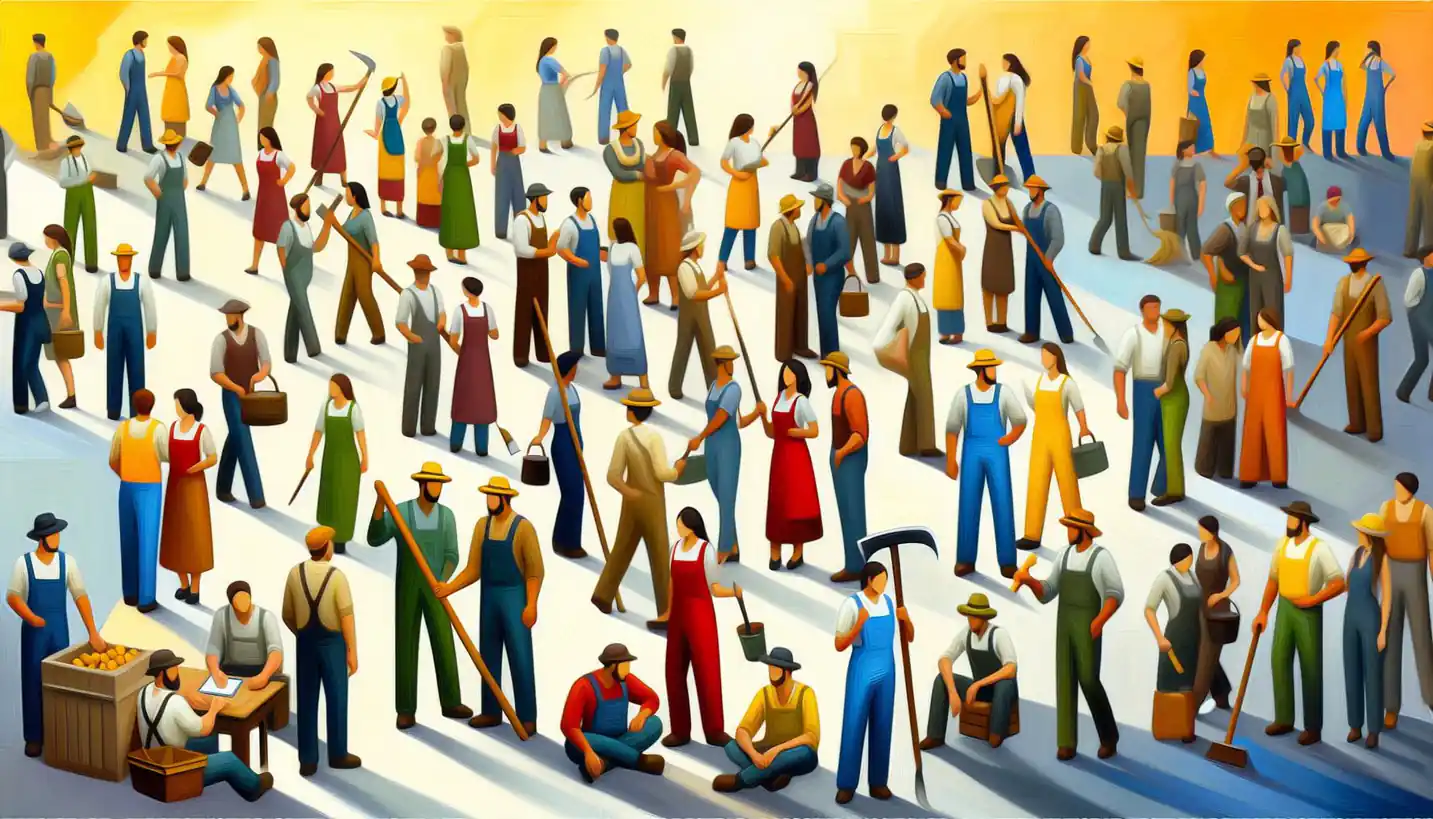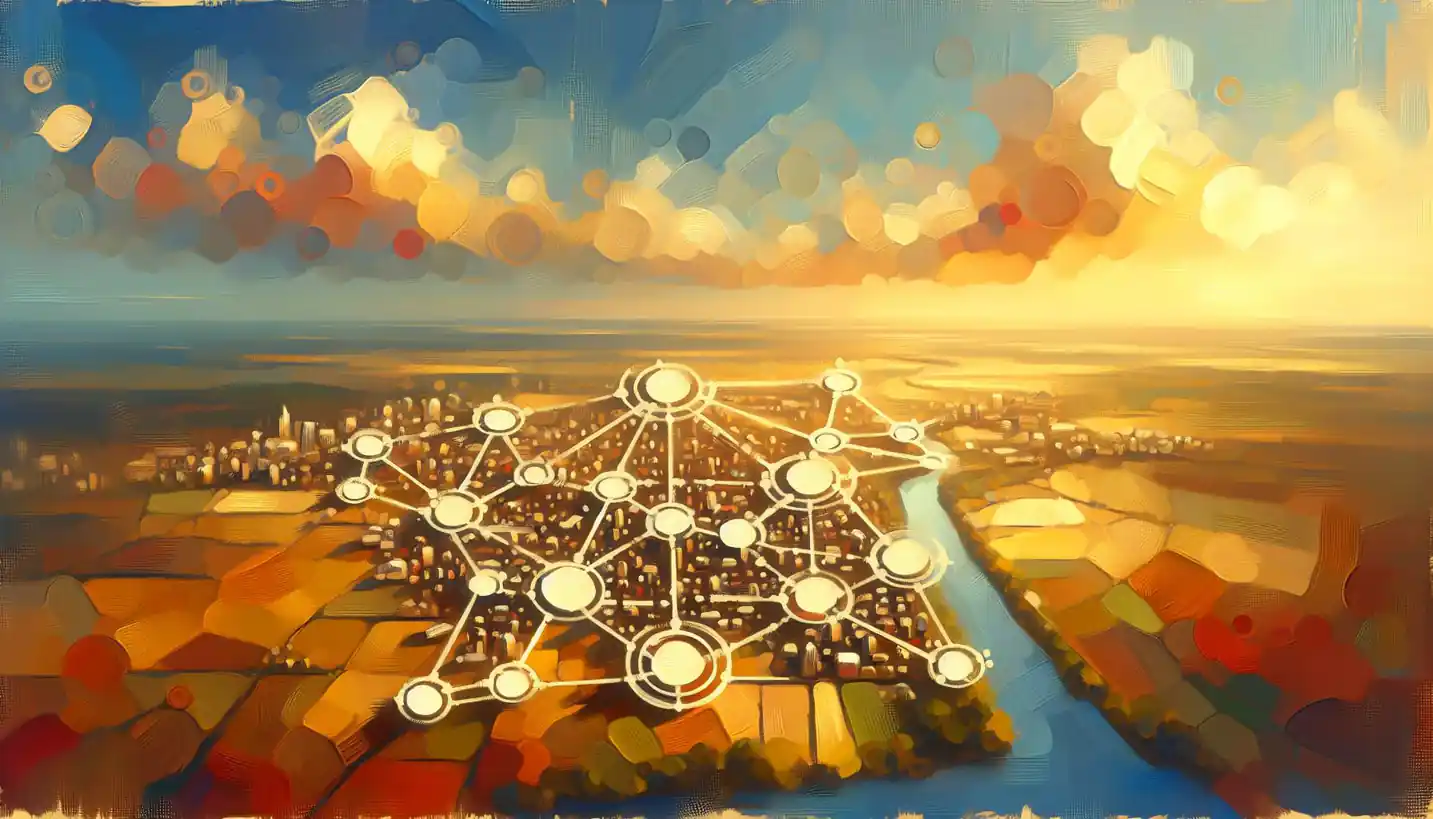· Sociology · 4 min read
Anthropocene: Understanding Our Impact on Earth
Anthropocene describes our significant impact on Earth’s systems. Delve into the sociological insights on human-driven changes to the planet.

The concept of the Anthropocene is fascinating because it reflects our profound impact on the Earth’s environment. It’s like marking a new chapter in Earth’s history, where humans play a starring role. Imagine Earth as a giant stage where natural forces like volcanoes and glaciers once directed the show. Now, humans are in the spotlight, shaping the planet’s future in significant ways.
The Birth of a New Era
The term “Anthropocene” comes from “anthropo,” meaning human, and “cene,” which implies a new geological era. Scientists and experts in environmental sociology use this term to describe the current period when human activities have become the dominant influence on climate and the environment. It’s like we’ve pressed fast-forward on our environmental impact, leading to changes that are more rapid and intense than those seen in ancient geological eras.
How Did We Get Here?
If we think back a couple of centuries, humanity began to dramatically alter the planet during the Industrial Revolution. Factories sprouted up, spewing smoke into the sky, and people started using fossil fuels extensively. It’s a bit like lighting a bonfire that never goes out. This industrial bonfire has led to increased carbon dioxide levels, changing weather patterns, and affecting ecosystems worldwide.
But it doesn’t stop there. Urbanization, agriculture, deforestation, and technological advancements have all left their marks. Our cities expand, forests shrink, and diverse species face extinction. It’s like rearranging Earth’s furniture – except the changes aren’t all cozy.
Every Action Has a Reaction
One of the intriguing aspects of the Anthropocene is how it shows the interconnectedness of our world. When a factory pollutes a river, it’s not just about water quality. The pollution affects fish, plants, animals, and ultimately humans who rely on that ecosystem. It’s like a domino effect, where one change leads to another in unexpected ways.
Consider the melting polar ice caps. As global temperatures rise, ice melts, leading to rising sea levels. For people living in coastal areas, this is a direct threat. It’s as if the floor is gradually being pulled from under them, emphasizing the urgent need for adaptation and resilience.
Imagining Solutions
Looking at our current path, it’s easy to feel overwhelmed. However, the Anthropocene also challenges us to think creatively about solutions. Can we shift towards more sustainable practices, like using renewable energy sources such as solar and wind power? These energy sources could be our lifeline, like switching from a diet of fast food to one rich in nutritious, home-cooked meals.
Communities around the world are embracing sustainable agriculture, reducing waste, and investing in green technologies. It’s like planting seeds of hope, knowing that small efforts can grow into substantial change.
The Role of Environmental Sociology
Environmental sociology plays a crucial role in understanding the Anthropocene. Sociologists study how human behaviors, cultures, and societies interact with the environment. They explore questions like: How do societies contribute to environmental issues? What cultural beliefs shape our relationship with nature? Essentially, it’s about seeing the threads that connect human societies with the natural world.
By analyzing these interactions, sociologists can help design policies and practices that promote environmental justice, sustainability, and change. They are like detectives piecing together clues to solve the grand mystery of sustainable living.
Why the Anthropocene Matters
You might wonder why any of this matters. The Anthropocene isn’t just a scientific label; it’s a call to action. Acknowledging our role in shaping the planet means we must also take responsibility for its future. It’s like acknowledging a mistake and deciding to fix it before it’s too late.
If we ignore the signs, the consequences could be dire. From severe weather events to resource scarcity, the issues tied to the Anthropocene can affect every part of our lives. Recognizing the challenge before us is the first step in ensuring a habitable world for future generations.
Weaving a Better Future
In the end, the Anthropocene reminds us that the power to change is in our hands. We have the creativity, technology, and knowledge to redirect our path. It’s like learning to steer a ship out of a storm. The journey isn’t easy, but it’s essential.
Educating ourselves and others about environmental impacts and sustainable practices is a solid first step. Supporting policies that protect natural resources and invest in green innovation will help shape a better world. Every small action contributes to a larger tapestry of positive change.
Remember, the story of the Anthropocene is still being written. We, as individuals and communities, have the power to influence its direction—a humbling yet empowering thought as we navigate the complexities of our modern world.



